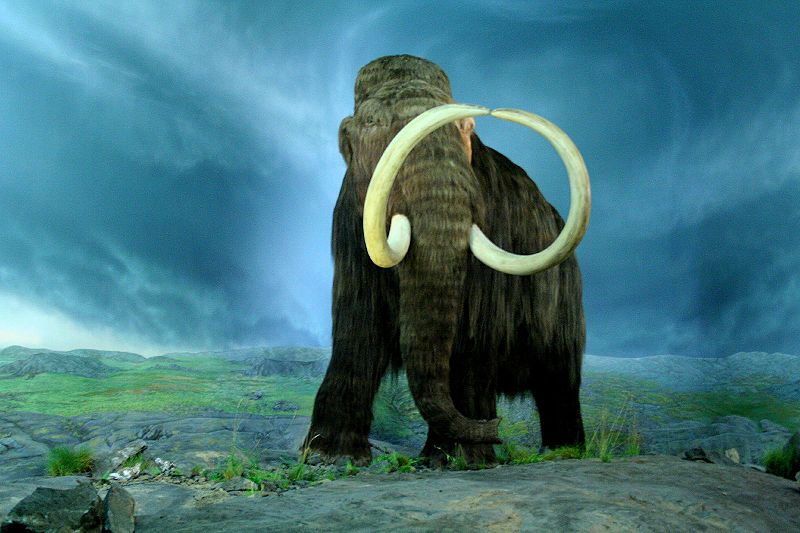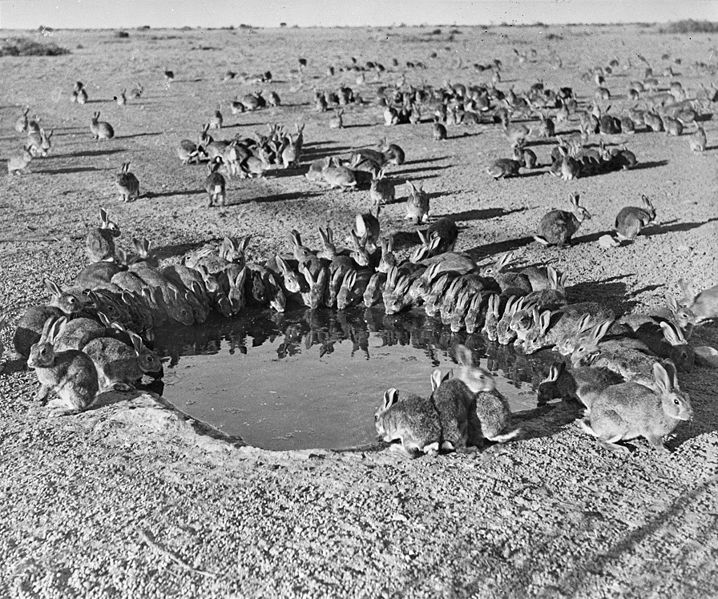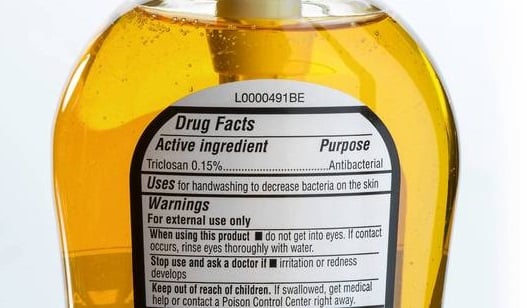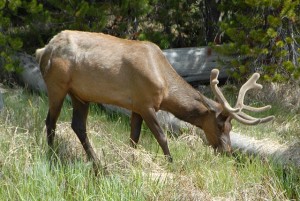
It came out this week that Japanese and Russian scientists have recovered viable bone marrow from the frozen thigh bone of a Wooly Mammoth, recovered in Siberian permafrost soil. They plan to use it to clone the prehistoric beast.
You got it: they want to bring back the Wooly Mammoth.
Obviously the first thing that comes to mind is a real life Jurassic Park. Velociraptors and T-Rexs and giant hairy elephants on the loose? Brrrr. Scary.
But let’s assume that the Wooly Mammoth comes back and he’s gentle as a bunny rabbit. We could be in big trouble.
I’m talking about the chaos that can ensue when non-native species of animals are introduced into a habitat and they become invasive, ruining the environment, killing native species, and generally becoming giant pains in the … tail.
In her book, “Animals Behaving Badly,” Linda Lombardi recount several stories of cute little animals who became nuisances. Let’s start with that cute little bunny.

A dozen or so domestic rabbits arrived in Australia in 1859 when European settlers immigrated, and the fluffy cottontails soon reproduced like, well, rabbits. By the 1920s, they numbered in the billions.
How much damage could a bunny cause? Well, they ate the native plants and beat out the indiginous wildlife for resources. Lombardi estimates the bunnies have “probably contributed to the fate of many of the twenty-two species of Australian mammals known to have gone extinct as of 2007.” They also are threatening at least seventeen species of birds, thirteen mammals, four reptiles, and 121 native plant species.
Bad bunnies.
Attempts to control the rabbit population included a 1,700 kilometer long rabbit-proof fence. Unsuccessful.
Bad, bad bunnies.
Even ordinary house mice have caused a ruckus. Ships brought the tiny rodents to the Gough Islands in the South Pacific a century and a half ago, and the the mice have spent that time evolving. Lombardi writes, “They’re now two or three times larger and developed into bloodthirsty carnivores that prey on the chicks of endangered seabirds.”
Never mind that the mice are still tiny compared to the baby birds. The birds have no instinct to defend themselves against ground predators like the mice. So they’re sitting ducks. Or albatross.
Which brings us back to the Wooly Mammoth. If a tiny mouse or rabbit can wreak that kind of havoc when introduced into a new environment, imagine what a giant beast like the mammoth can do. We’ve never had a mammoth in our midst, and the mammoth has never encountered an environment like ours.
Sure, it seems farfetched that scientists could clone a prehistoric beast. But it’s the same technology that’s brought us cloned dogs, pigs, cats, donkeys and Dolly the sheep. So it’s not really that farfetched.
Who knows? Maybe the hairy beast can be introduced to Australia and take care of the bunny problem.
You can learn more interesting animal facts in “Animals Behaving Badly” by Linda Lombardi.











